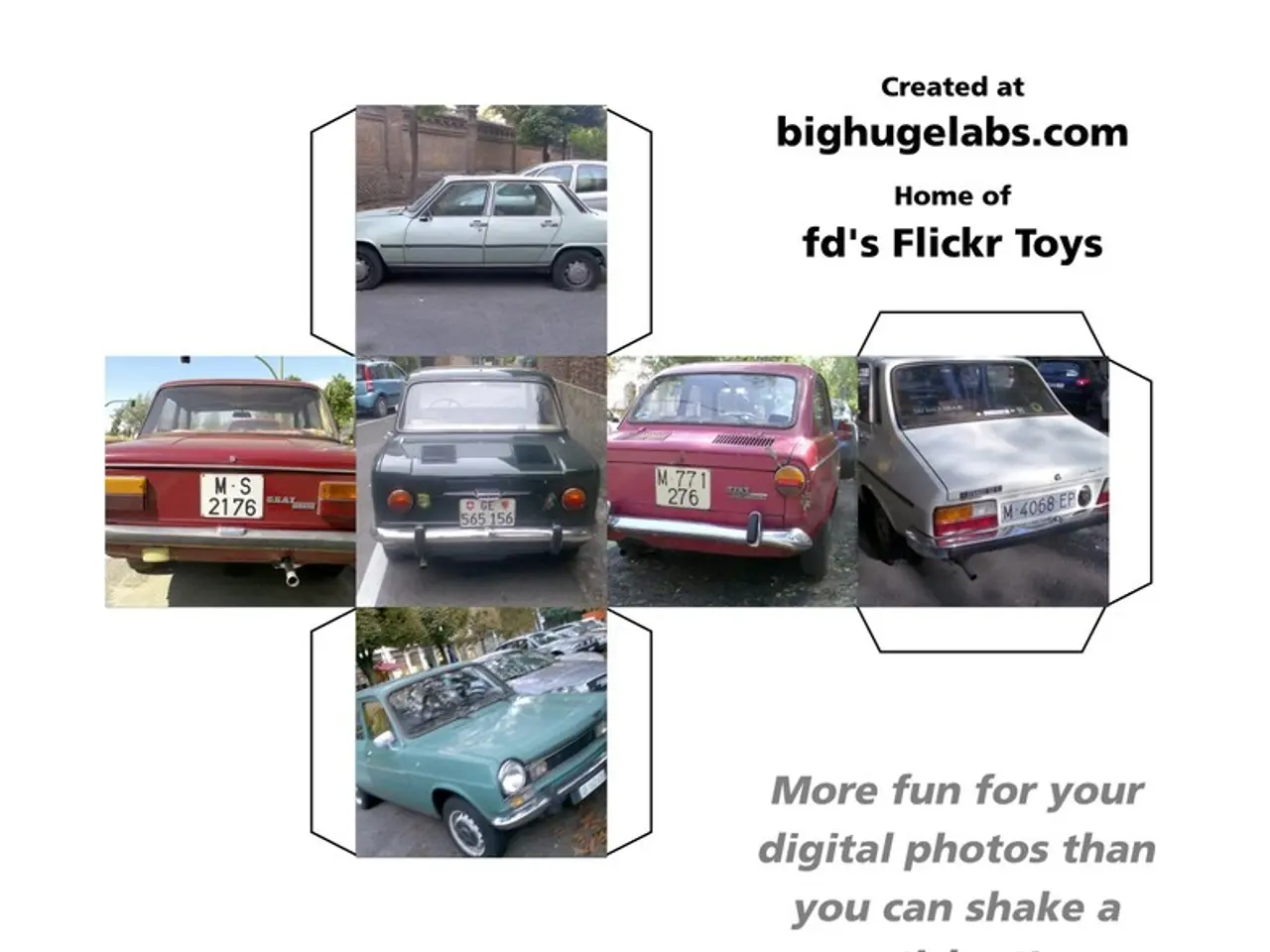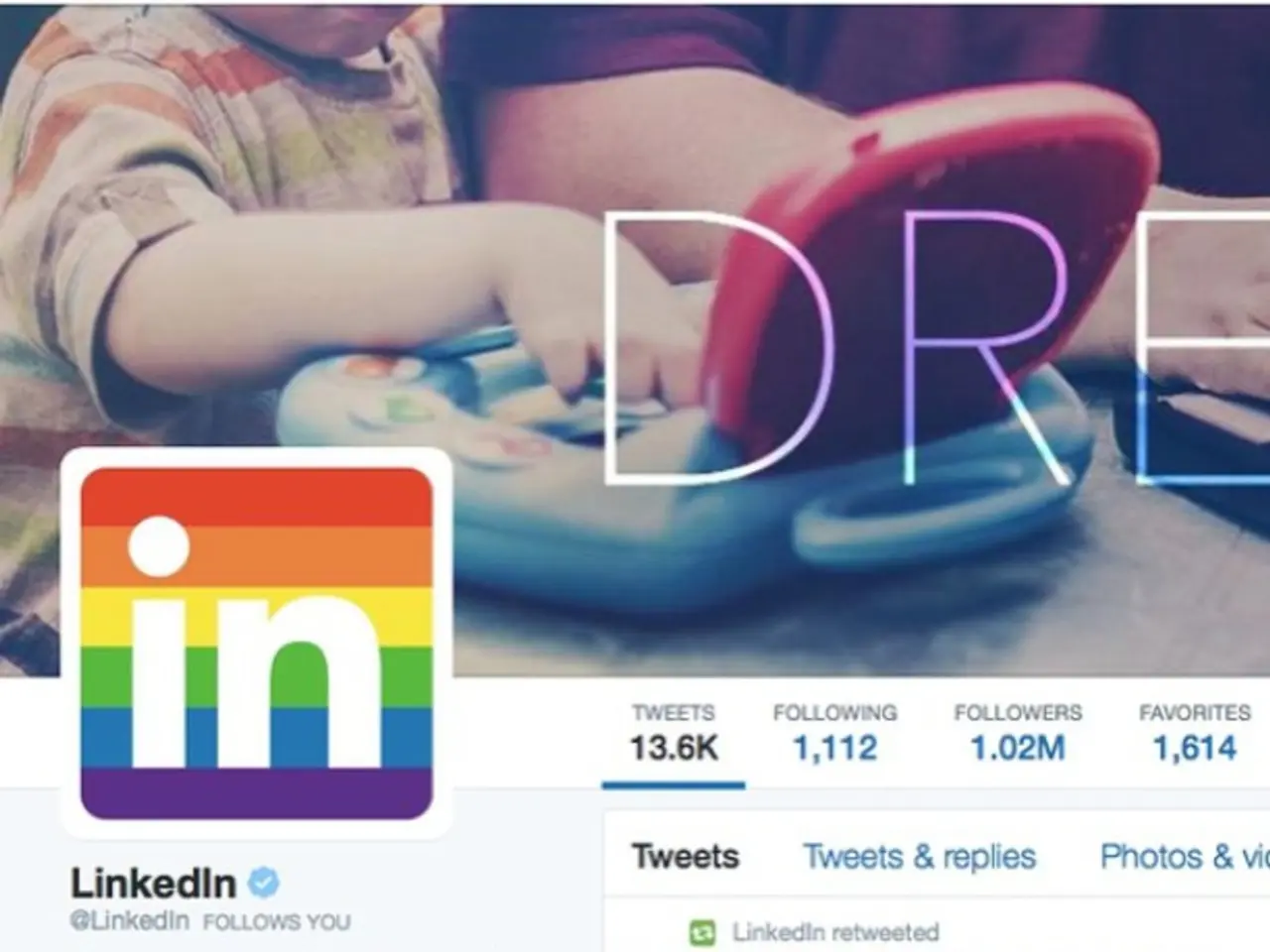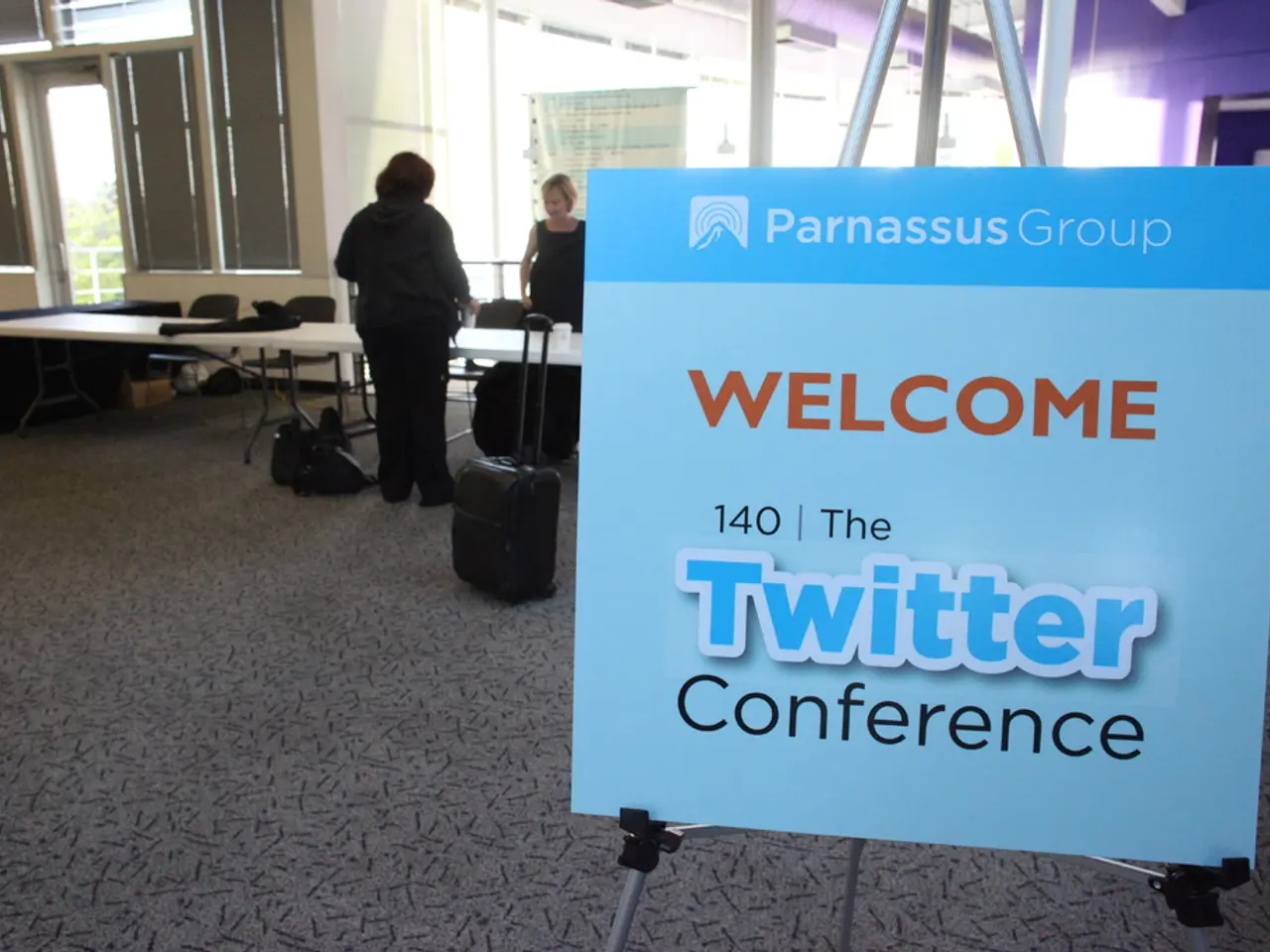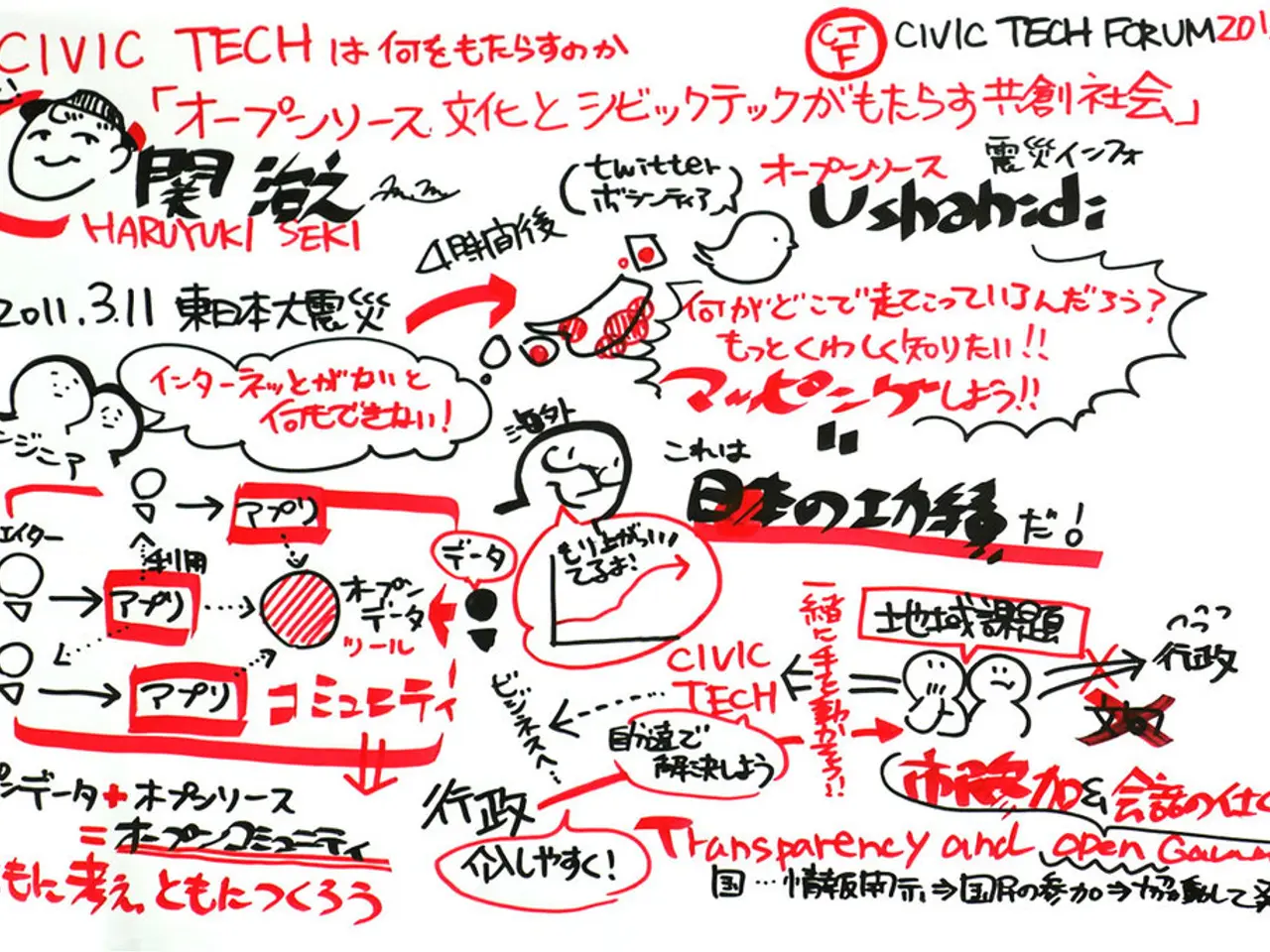Robo-taxis from Tesla set for a June debut in Austin, while Full Self-Driving capabilities in Europe deferred until Q1.
Tesla is set to introduce its Full Self-Driving (FSD) feature in most countries worldwide, with the initial launch expected in select U.S. cities towards the end of 2025 [1][4][5]. However, the timeline for the availability of FSD in Europe and China beyond the human-supervised version, slated for Q1 2025, remains uncertain [5].
In a significant move, Tesla has announced that a human-supervised FSD version will be available in China and Europe around Q1 2025 [5]. This aligns with the Q1 2025 timeframe mentioned earlier. However, unsupervised (fully autonomous) FSD capable of operating without human intervention has so far only been scheduled for the U.S. launch late in 2025 [1]. As of August 2025, no definitive public timetable for its extension to European or Chinese markets has been announced [5].
This delay and staggered deployment likely reflect regulatory, legal, and technical challenges in these regions. Europe and China traditionally have stricter regulations on autonomous driving software, which may require additional validation before unsupervised FSD can be offered to customers [5].
Meanwhile, Tesla's Autopilot computer introduced in 2019 is not sufficient for true autonomy, and an upgrade is required for electric vehicles with this hardware [4]. Elon Musk, Tesla's CEO, has confirmed that the upgrade for true autonomy will be challenging but assured that Tesla will get it done [4].
Looking ahead, starting in 2026, Tesla customers will be able to integrate their purchased electric vehicles for robotaxi services [6]. This marks the first step towards Tesla's ambition of creating a fleet of self-driving vehicles for its robotaxi services.
In conclusion, while the U.S. is set to be the first market to experience unsupervised FSD, the rollout in Europe and China will likely come after the initial supervised versions and will occur later than the U.S. launch, with no official schedule announced as of August 2025. Regulatory approval for FSD in Europe is not expected until May 2024, and could take another year.
References:
- Tesla's FSD Timeline
- Tesla's FSD in China
- Tesla's Autopilot Computer
- Musk on FSD Upgrade
- Tesla's FSD Regulatory Challenges
- Tesla's Robotaxi Services
The human-supervised Full Self-Driving (FSD) version is scheduled to be available in Europe and China around Q1 2025. In contrast, unsupervised FSD, intended for operation without human intervention, has only been scheduled for the U.S. launch towards the end of 2025.
While Europe and China traditionally have stricter regulations on autonomous driving software, the timeline for the availability of unsupervised FSD in these regions remains uncertain due to regulatory, legal, and technical challenges.




